Private blockchain platforms like Hyperledger offer secure and permissioned environments for business transactions. But despite their distributed nature, these networks aren’t immune to node-level failures. When a node crashes, it risks introducing inconsistencies into the ledger—potentially undermining the entire network’s trust.
The consequences of such failures go beyond temporary downtime. If ledger data becomes corrupted or unsynchronized, restoring consensus can be time-consuming and technically challenging. In this article, we’ll break down the problem, look into the role of immutable backups, and explain how S3 Compatible Storage can support data integrity.
Let’s explore how Technology Sight sees the issue—and what can be done about it.
Why Node Failures Happen in Private Blockchains
1. Hardware and Software Errors
Private blockchain nodes rely on physical infrastructure. If the hardware supporting a node fails—whether due to power loss, disk failure, or overheating—the node can crash. Software bugs, OS-level issues, or memory leaks can also lead to unexpected shutdowns or corruption.
2. Misconfigurations and Updates
Updating node software or changing configurations can introduce unintended side effects. A single syntax error or improperly applied patch can stop a node from functioning. Worse, these issues may not be detected until the node reboots or attempts to rejoin the network.
3. Network Partitions
When a node loses connectivity or experiences latency spikes, it can be cut off from the network temporarily. If it continues writing to its local ledger during this partition, re-synchronizing with the rest of the network afterward becomes difficult. This can create diverging states—a major problem for private chains built on strict consensus rules.
What’s at Stake: Ledger Corruption and Consensus Breakdown
Hyperledger and other enterprise-grade blockchain platforms maintain data consistency through consensus mechanisms like Raft or PBFT. These protocols rely on accurate and synchronized node states. A single corrupt or out-of-sync node can:
- Submit invalid transactions
- Delay consensus rounds
- Compromise the chain’s auditability
- Force a rollback or node eviction
The longer the issue remains undetected, the greater the risk of irreversible damage. In environments where real-time data integrity is critical—such as finance, healthcare, or supply chain—this is not acceptable.
The Solution: Immutable Backups of Distributed Ledger Data
Immutable Backups Explained
An immutable backup is a read-only snapshot of data that cannot be changed once it’s written. This is not just a traditional backup with file locks; it’s designed at the storage layer to prevent any overwrites or deletions, even by administrators.
These backups ensure that even if a node fails or is compromised, there’s always a clean, tamper-proof copy of the ledger available. If consensus is broken, you can reconstruct the exact node state from a known-good snapshot without risking contamination from the corrupted version.
Benefits of Immutable Backups for Private Blockchains
- Prevent data loss: Even if a node crashes or disk failure occurs, no ledger entries are lost.
- Support fast recovery: Snapshots allow administrators to restore nodes quickly without resyncing from scratch.
- Preserve consensus: With consistent backups across nodes, it’s easier to reestablish trust and validate entries.
- Simplify audits: Regulatory or compliance reviews can be done using immutable snapshots, reducing audit preparation time.
How Technology Sight Approaches Node Integrity
At Technology Sight, we focus on engineering solutions that minimize failure impact while preserving operational continuity. When it comes to blockchain node integrity, our strategy involves:
- Real-time ledger backup streams: Every ledger write is mirrored to secure storage.
- Automated snapshot scheduling: Backups are taken at fixed intervals and Stored immutably.
- Multi-node replication: Snapshots are distributed across regions and isolated clusters for redundancy.
- Verification hashing: Each backup is hashed and verified against the latest block height and signature.
This isn’t just disaster recovery—it’s a way to ensure that every transaction ever written to the blockchain is permanently verifiable.
Why Storage Matters More Than You Think
You can’t talk about immutable backups without talking about storage architecture. Traditional backup tools don’t cut it for blockchain workloads. They introduce latency, can’t handle real-time writes, and often lack write-once-read-many (WORM) support.
That’s where S3 Compatible Storage comes in. It’s built to handle object-level immutability, supports WORM configurations, and scales without bottlenecks. Even better, it integrates with most blockchain node setups without re-engineering your entire system.
The right storage system lets you:
- Maintain data durability across hundreds of millions of objects
- Enable versioned snapshots of ledger data
- Trigger alerts if backup consistency fails
By anchoring your blockchain data in a reliable storage platform, you reduce the risk of node failures escalating into consensus disasters.
Best Practices for Blockchain Node Backup and Recovery
Use Incremental Snapshots
Taking full backups every time is inefficient. Instead, use incremental snapshots that only save changes since the last backup. This reduces storage overhead while ensuring quick recovery points.
Isolate Backup Storage
Don’t store backups on the same server running the node. Use off-node, off-network, or even cross-data center storage to avoid a single point of failure.
Monitor Node Health Continuously
Use health checks and custom logging to detect early signs of failure—like dropped connections or block write failures. Alerting systems should notify your team before the node crashes.
Automate Restoration Workflows
Have scripted procedures ready to bring a node back online from the latest snapshot. Include verification steps to ensure the restored state matches the network consensus.
Audit and Rotate Access
Backup data should be accessible only to trusted entities. Use role-based access control and log every action taken on your backup system. Rotate access credentials periodically.
Case Study: Hyperledger Fabric in a Financial Network
One enterprise using Hyperledger Fabric for inter-bank settlements experienced an issue where one of their nodes crashed mid-transaction due to an SSD failure. Although the node restarted, its local ledger diverged from the consensus ledger.
Instead of resyncing from the last block, the team used immutable backups stored in object storage. They restored the node from a verified snapshot taken 5 minutes before the crash. After checksum validation and network sync, the node rejoined without issues.
This saved them hours of manual reconciliation and avoided the need to halt the chain.
Conclusion
Blockchain node failures are a real threat—especially in permissioned systems where every node matters. The risks include corrupted ledger entries, broken consensus, and operational delays. But with the right backup approach, especially using immutable storage, you can contain the damage and restore trust fast.
Don’t rely on hope or delayed detection. Build a recovery strategy that keeps your private blockchain consistent, verifiable, and operational—no matter what fails.
FAQs
1. What causes a blockchain node to fail?
Node failures usually result from hardware issues, software bugs, misconfigurations, or network problems. Any of these can cause a node to crash or become isolated from the network.
2. What happens if a private blockchain node crashes?
If the crashed node held a unique ledger state or was part of consensus leadership, its failure could delay transactions or introduce data conflicts. Without a proper backup, the node may return with corrupted data.
3. How do immutable backups protect blockchain data?
Immutable backups store exact copies of the ledger at specific points in time. Once saved, these backups can’t be changed or deleted, ensuring a clean, verifiable recovery path if a node fails.
4. Why is standard backup storage not enough for blockchains?
Blockchain data is high-frequency, sequential, and needs to maintain strict version control. Traditional backup solutions can’t handle real-time write streams or support WORM features, making them unsuitable for ledger data.
5. How often should I back up my block chain node?
The best practice is to back up ledger data incrementally every few minutes and take full immutable snapshots at regular intervals—hourly or daily—depending on transaction volume.

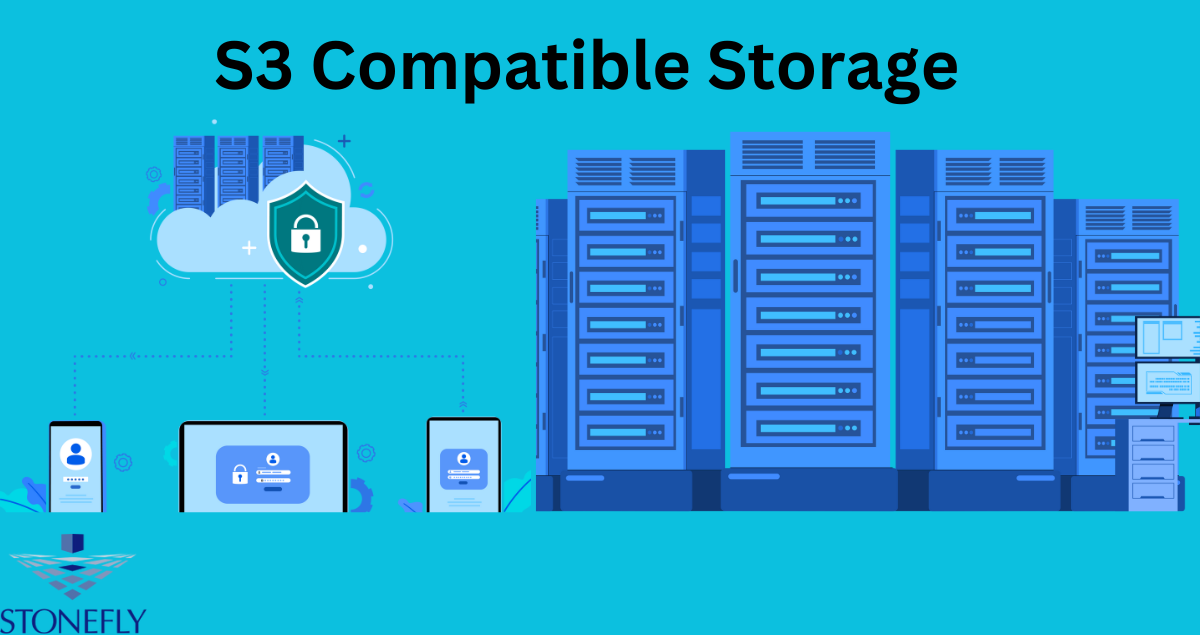


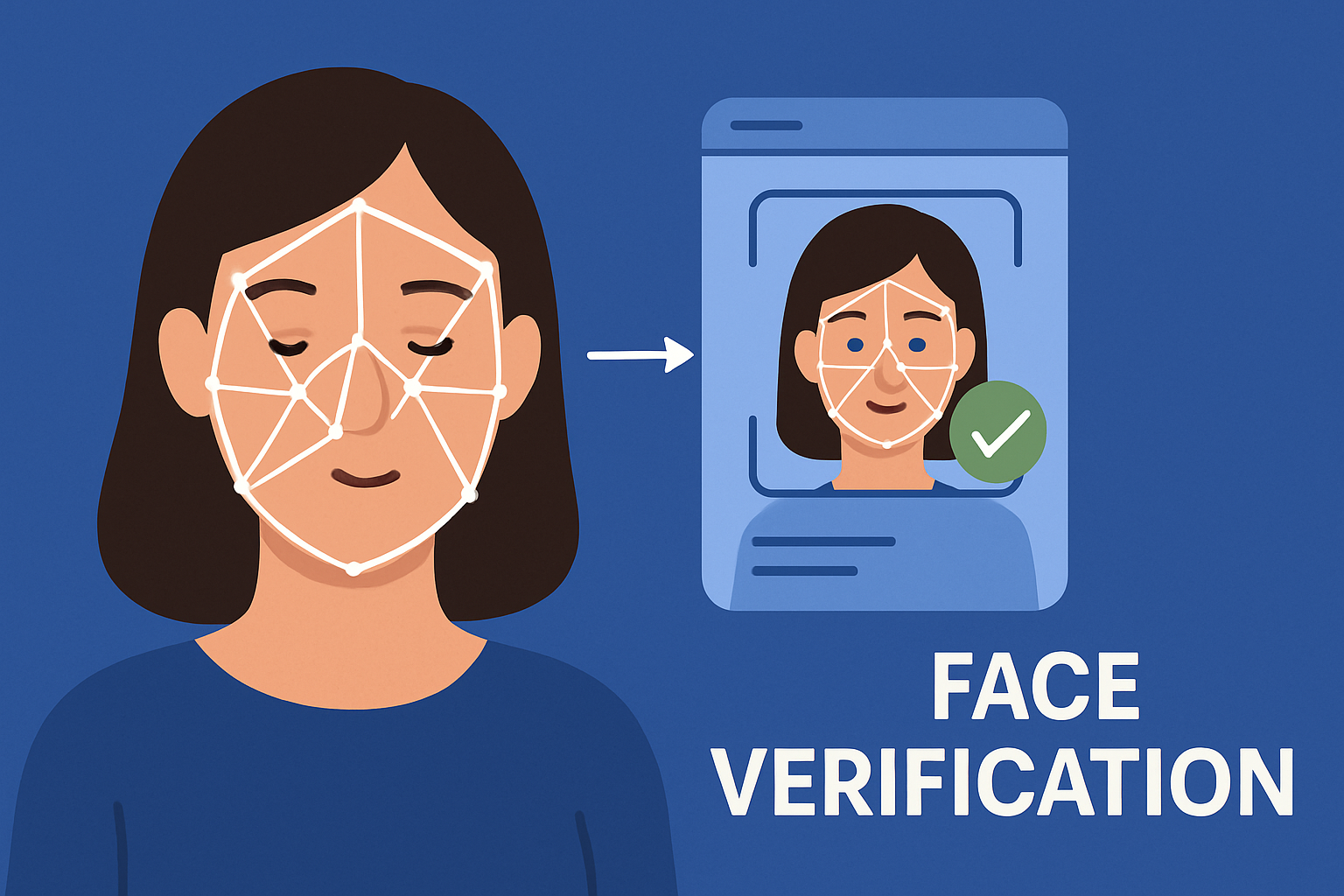

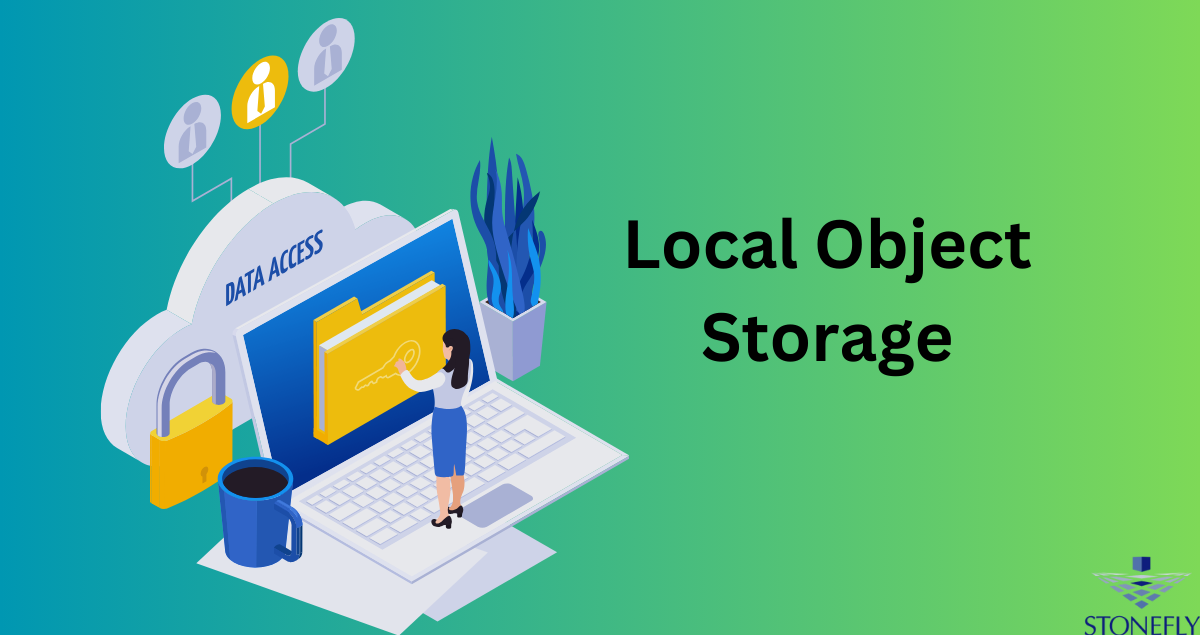
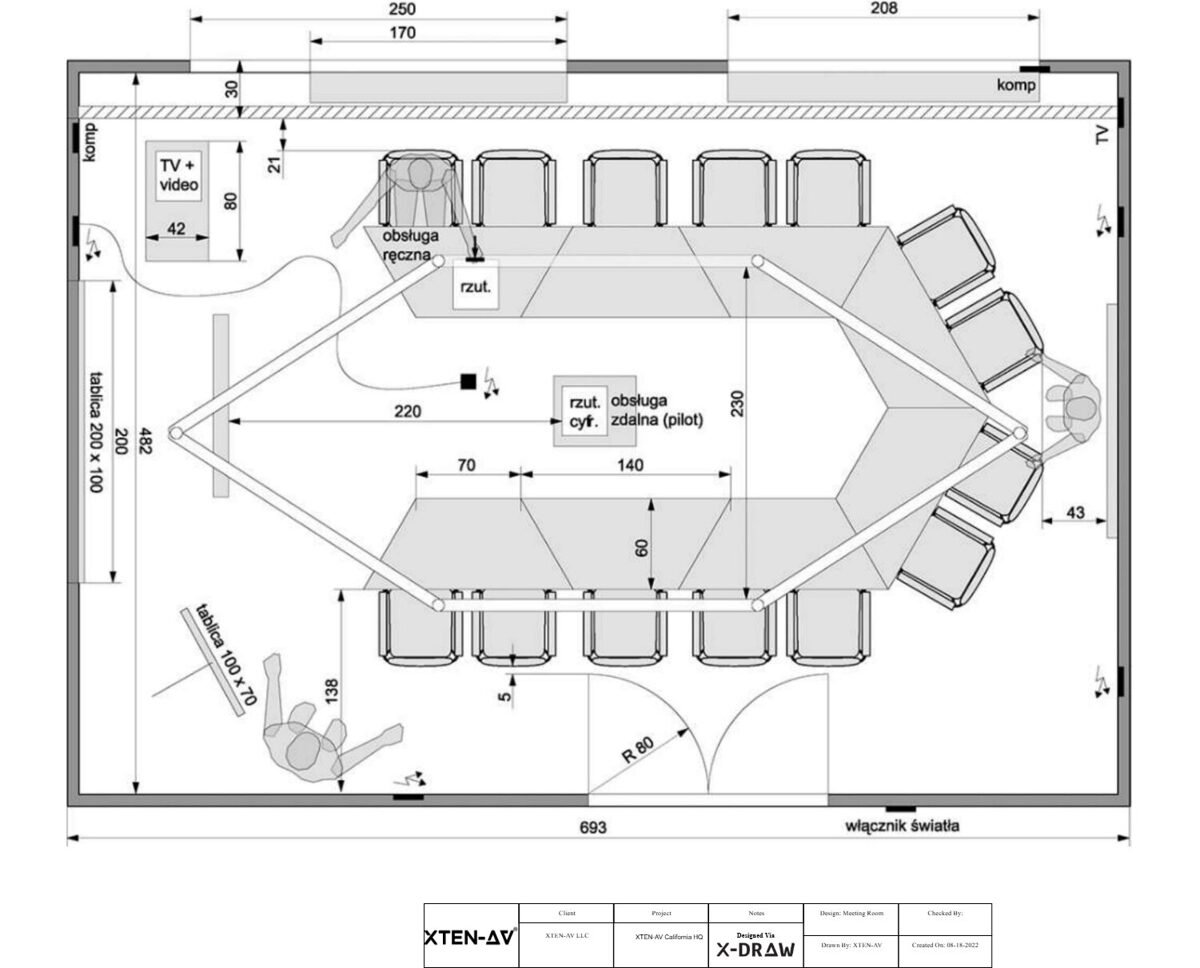






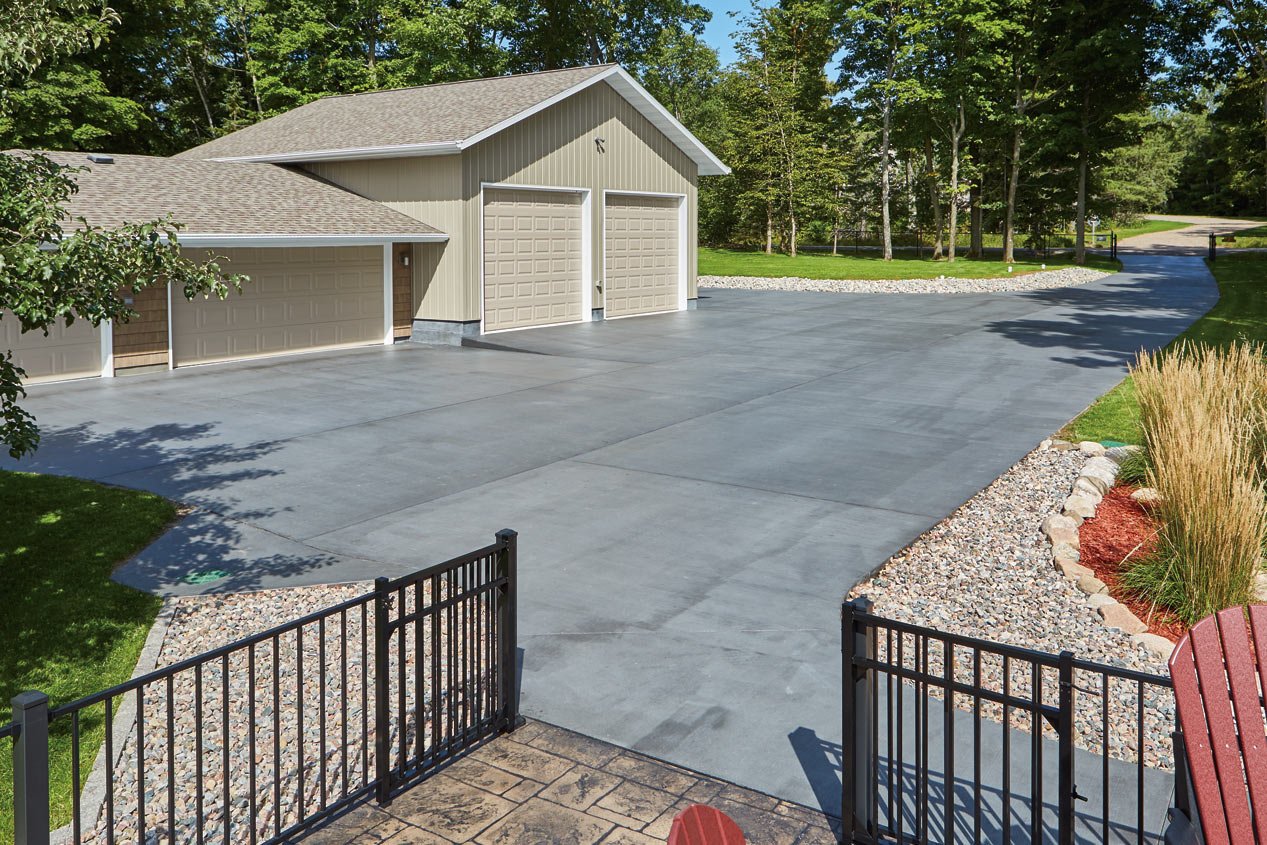

Leave a Reply